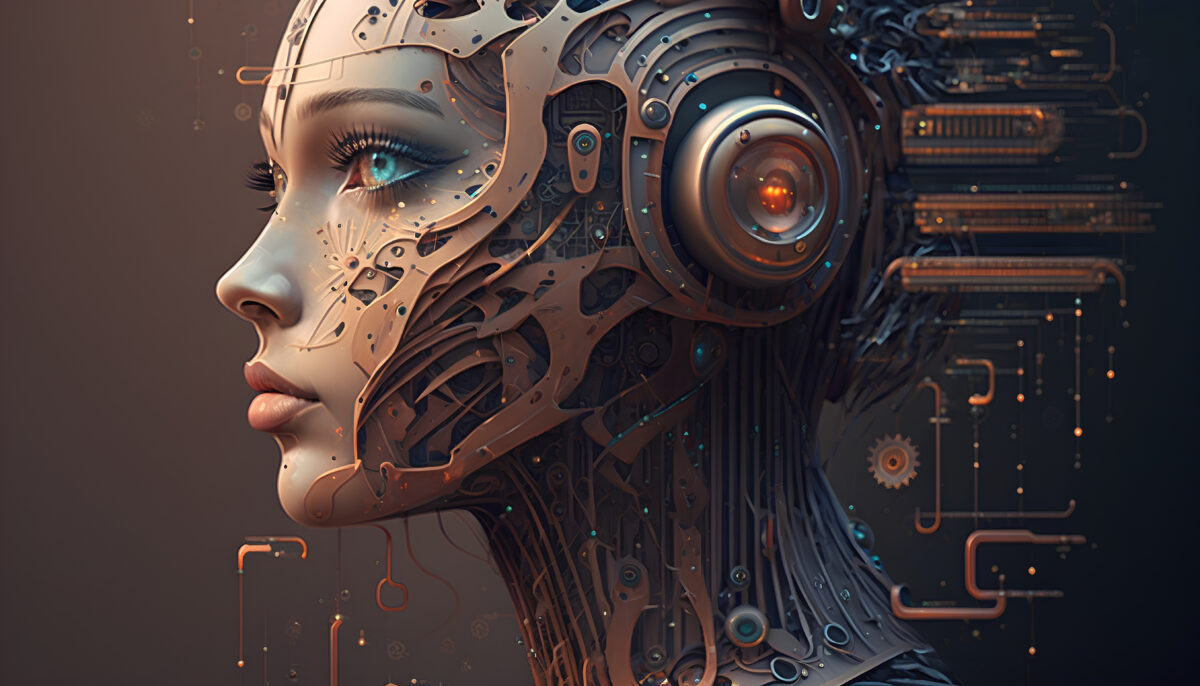Artificial Intelligent (AI)
AI can make our lives easier and more efficient.
AI (Artificial Intelligence) has the potential to make our lives easier and more efficient in many ways. Here are some examples to help explain this to a student:
- Personal assistants: AI-powered personal assistants, such as Siri and Alexa, can help us manage our daily lives more efficiently. We can use them to set reminders, schedule appointments, and even order groceries or food.
- Healthcare: AI can help doctors and nurses make more accurate diagnoses and treatment plans by analyzing large amounts of medical data. This can lead to better health outcomes and more efficient use of resources.
- Smart homes: AI can be used to automate various tasks in our homes, such as turning off lights when we leave a room or adjusting the temperature based on our preferences. This can save time and energy, making our lives more efficient.
- Transportation: AI is being used to improve transportation systems, such as self-driving cars and predictive maintenance of trains and airplanes. This can lead to safer and more efficient transportation.
- Customer service: AI-powered chatbots can help businesses provide better customer service by answering frequently asked questions and resolving simple issues. This can lead to faster response times and more satisfied customers.
In summary, AI can make our lives easier and more efficient by automating tasks, providing personalized assistance, improving healthcare outcomes, optimizing transportation, and enhancing customer service. By understanding the potential benefits of AI, students can see the value of this technology and develop an interest in learning more about it.
For instance, The World’s No.1 Bi-Monthly Artificial Intelligence Magazine is AI Magazine.
Jenni AI Jenni’s AI-powered text editor helps you write, edit, and cite with confidence. Save hours on your next paper. Additional it teaches you how to think smartly on Paraphrase & let’s you Rewrite, save hours writing your essay, polish your writing to increase submission success on your research papers, blog posts, speeches, personal assistant and discover, write, and cite relevant research for your literature reviews. Great for teachers and students.
AI-powered personal assistants are used in a variety of industries and job roles. Here are some examples:
- Technology: Technology companies, such as Apple, Amazon, and Google, develop and market AI-powered personal assistants like Siri, Alexa, and Google Assistant.
- Customer service: Many businesses use AI-powered chatbots to provide customer service and support. These chatbots can answer frequently asked questions and resolve simple issues, freeing up human support staff to handle more complex issues.
- Healthcare: AI-powered personal assistants can help doctors and nurses manage patient data, schedule appointments, and provide patients with personalized health recommendations.
- Finance: Banks and financial institutions use AI-powered personal assistants to provide customers with financial advice and help them manage their finances.
- Education: AI-powered personal assistants can be used in education to provide students with personalized learning experiences, answer questions, and provide feedback.
- Hospitality: Hotels and resorts use AI-powered personal assistants to provide guests with information about the hotel and local attractions, make reservations, and book transportation.
These are just a few examples of industries and job roles that use AI-powered personal assistants. As AI technology continues to advance, we can expect to see these assistants being used in more industries and job roles in the future.
 This page Contains Affiliate links which means at no added cost to you I may receive a small commission for each purchase that you make..Thank you for your support.
This page Contains Affiliate links which means at no added cost to you I may receive a small commission for each purchase that you make..Thank you for your support.


